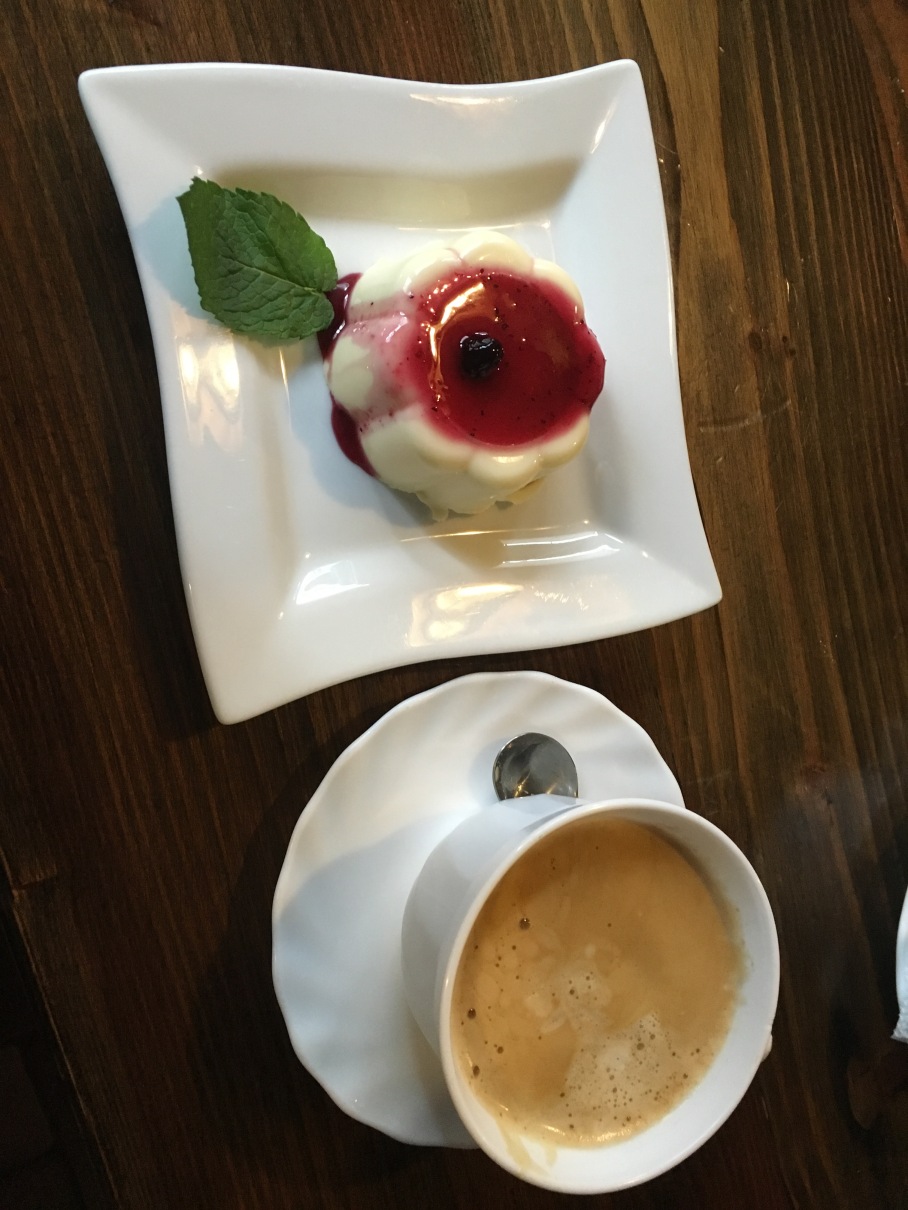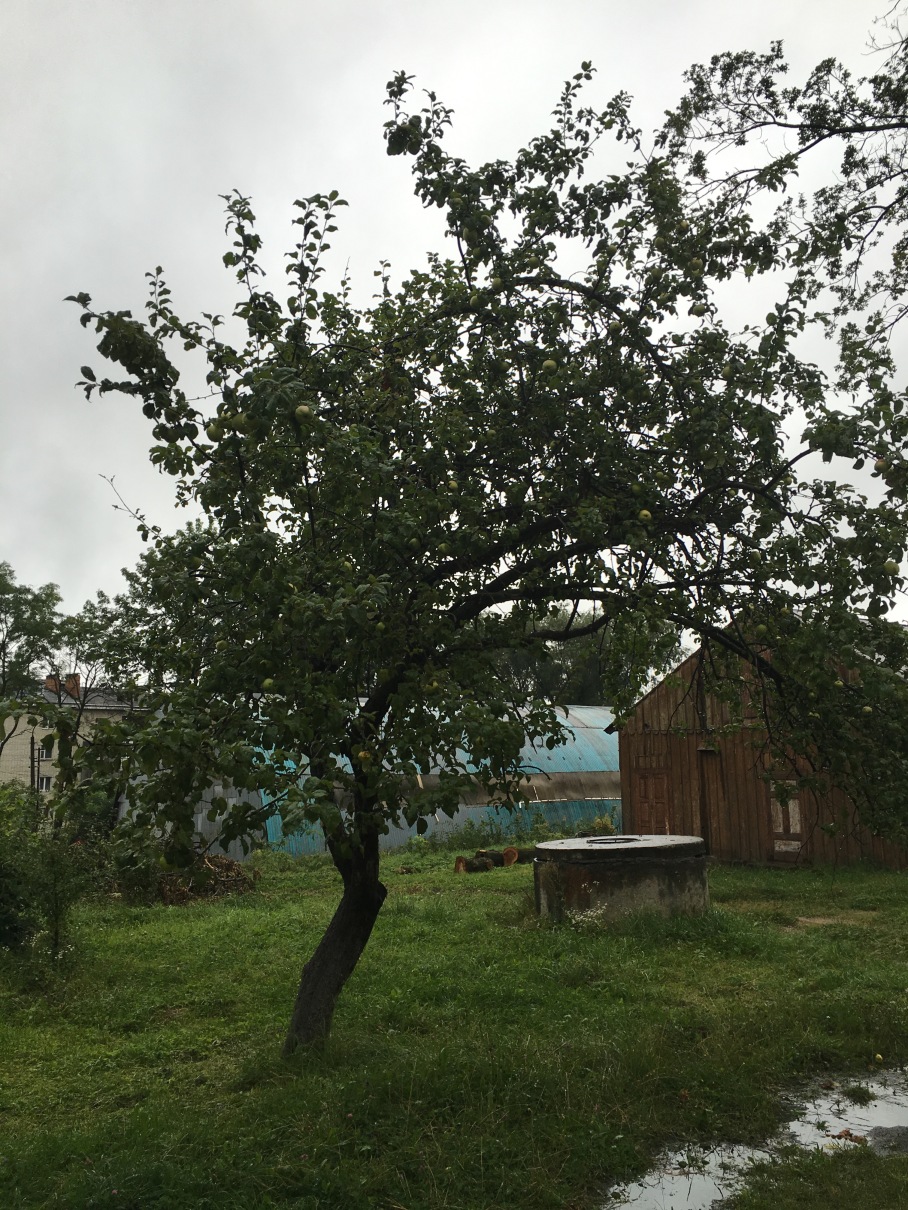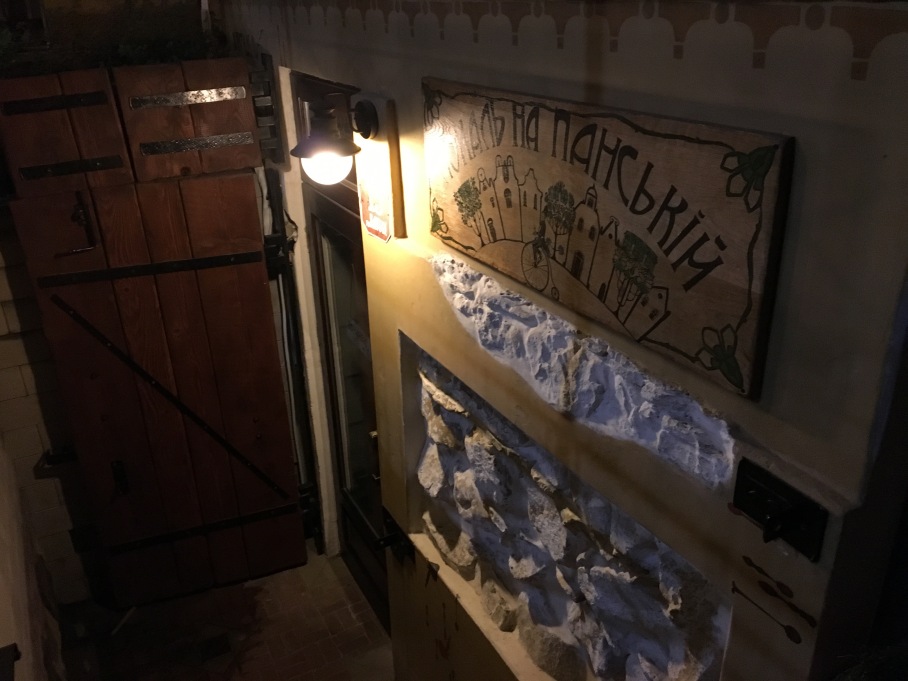I woke up Wednesday morning at 6:30 and was in a taxi to the airport by 7:00.


I arrived at 7:15 to pick up my 7:30 rental as arranged, but AVIS didn’t open until 8:30. I got breakfast.

Initially, the AVIS representative told me that they couldn’t provide an automatic vehicle as I’d arranged months in advance. After thirty minutes he was able to provide a car.

I was on the road to my hotel by 9:30. I’d been warned of corrupt cops who intentionally pull folks over to take bribes, I drove as carefully as I could.
The drive took longer than expected. The roads were a mess so I had to drive very slowly. I was so afraid that I’d get a flat. 
I arrived in Truskavets just after 11:00, where I met my tour guide Tanya Firman. I found her contact information online. Tanya is one of the last Jews in the region, who were mostly transplanted from Eastern Ukraine and Russia after the war. Regarding Truskavets, she said it was known since the 19th century for Nafusia- a natural mineral water known for curing kidney stones.
After checking in to “Hotel Nabi” in Truskavets, Tanya drove me a few kilometers to Boryslav, Ukraine- hometown of my great-great-grandfather, Max Eidex.

Jews in the region spoke five languages- Yiddish in the home, Hebrew in Shul, but also German, Ukrainian, and Polish, reflective of the regions’ various occupiers.
Boyslav was known since the 19th century to have an abundance of Ozokerite and petroleum. At one point, Boryslav mines provided 5% of all global petroleum. Ozokerite from Boryslav was used on the Transatlantic Railroad.

Upon entering Boryslav we first traveled to the neighborhood of Wolanka, which was incorporated into Boryslav in 1935 along with with three adjacent cities: Gubiche, Tustanowice, and Mrazhnica. Max Eidex was from Wolanka.
Wolanka was comprised of just one street: Volomyr-Velyiky. Tanya informed me that it was the poorest of all Boryslav neighborhoods.

Only a few months before my arrival, a visitor and former resident pointed out the Wolanka synagogue to Tanya. It had been converted into a gym.


Most homes in Wolanka were made of wood and plaster.

We left Wolanka for the Jewish cemetery in Gubiche. It had been destroyed by the Soviets in 1959, but a memorial stood there. I said Kaddish for my ancestors buried there, Aaron Eidex and his wife, Chaia Rachel Frommer. 

From Gubiche we traveled to the nearby Carpathian town of Skhodnitsa. It was a picturesque resort town, built up by Russian and Western investors in the past few decades.

Like Truskavets, it is also a popular spa destination for those with kidney ailments, who are advised to drink from the springs three times a day for a couple of weeks. Yuri Andropov was apparently a visitor. The water smelled and tasted like rotten eggs, testament to the sulfur.



On the way back from Skhodnitsa we stopped at the mass grave of Jews murdered by Nazis and local collaborators in November 1941. 2000 Jews were massacred there. Like most of Boryslav, it was simultaneously haunting and beautiful.



We drove through Mrazhnica on the way back to Boryslav proper. We visited the Boryslav Labor Camp in the Carpatin Oil building. The camp was managed by Bertolt Beitz, who Tanya compared to Schindler.


Some Jews were transported to the camp daily, others lived there in cramped barracks.

Tanya pointed out the bridge where locals would throw bread to the doomed.

We stopped at the Colosseum Cinema, where the Jews were held for three weeks prior to their transport to the mass grave in the Skhodnitsa forests.


Of the 40,000 inhabitants before the war, 67% were Jewish. 200 Jews survived the Holocaust.
Afterwards, we had coffee and cake at the Baraba Bridge Cafe in town square. It was a quaint little place along the river that divides Boryslav, filled with old pictures.



We briefly stopped by the Gymnasium, which has been in use since the early 20th century. Jews, Poles, and Ukrainians alike studied there.

I picked an apple from a nearby tree. Apple trees are abundant in Boryslav.

We passed through Wolanka one more time on our way back to Truskavets. I learned that water only runs four hours a day, 6:00-8:00 am and 6:00-8:00 pm. We looked for the house number found on an old family document, 266, but could only pinpoint 265 and 267.


On the road to Truskavets, Tanya pointed out a gigantic rig as well as the Jewish Ghetto.


In Truskavets we quickly moved my car to a secure parking lot so as to avoid a parking ticket. From there she drove me to Drohobycz (around 6:00). Tanya refers to Drohobycz, Boryslav, and Truskavets as the ‘Bermuda Triangle’, a reference to their proximity and vanished Jewish communities.
Drohobycz was significantly wealthier than Boryslav. It had been founded in the 900s, well before Lviv, when salt was found there. The homes there were large and beautiful, but clearly in need in renovation, a testament to the prosperity of the town that vanished along with the Jewish community.

She first took me to the Jewish synagogue, which is currently under renovation. It is said to be the largest synagogue in Eastern Galicia.


From there she took me to Bronitza forest, where about 10,000 Jews were murdered in November 1941. 9 Large stones covered the mounds left by Jewish bodies. There were 13.5 thousand Jews in Drohobycz before the Holocaust. 400 Jews survived.


We then traveled to Panska Street, which was and remains the wealthiest street in Drohobycz. It was abundant with formerly Jewish owned homes. The Jews owned a disproportionate amount of the wealth, mostly related to oil production. The Maurycy Gottliebs and Dombergers were just a few such families. 
Just around the corner was the town square, on one side of which stood the Bartolomeo Church, which has been standing since the 14th century.


She showed me a few more synagogues. At least ten remained in the city, all inactive of course. About 100 Jews, most of mixed-heritage, still reside in Drohobycz.
To end our journey, Tanya pointed out the remnants of the life of Bruno Schultz- the school he attended as a child, the school he taught at, his residence, and the place where he was shot and killed. Schultz is the most prestigious resident of Drohobycz, but did not achieve fame during his lifetime.


We had dinner in a cafe back on Panska street. I had a traditional Ukrainian dish called Vareniki. It was so delicious. Tanya provided a wealth of insight on various topics, as she had through out the day. I was very interested to learn about the rising nationalist fervor, which had been visible throughout the day. Even the playgrounds were painted blue and yellow.


She drove me back to Hotel Nabi in Truskavets for the night.


Pingback: 11 November 2016 | The Shtetl Shlepper